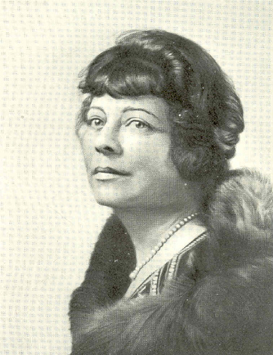Sarah Wambaugh facts for kids
Quick facts for kids
Sarah Wambaugh
|
|
|---|---|
 |
|
| Born | March 6, 1882 |
| Died | November 12, 1955 (aged 73) |
| Education | Radcliffe College, A.B. (1902), A.M. (1917) |
| Parent(s) |
|
Sarah Wambaugh (March 6, 1882 – November 12, 1955) was an important American expert in political science. She became famous for her work on something called "plebiscites."
Her Life and Work
Early Life and Education
Sarah Wambaugh was born in Cincinnati, Ohio, on March 6, 1882. Her father, Eugene Wambaugh, was a well-known legal scholar. Sarah went to Radcliffe College in Cambridge, where she earned two degrees. She got her first degree in 1902 and a master's degree in 1917. Later, she even taught at Radcliffe College. She also spent time studying in England, in cities like London and Oxford.
Becoming an Expert on Plebiscites
Sarah Wambaugh became the world's leading expert on plebiscites. A plebiscite is a special vote where people in a region decide on an important issue, often about whether they want to join a different country or stay independent. It's like a big public vote to make a major decision.
In 1920, Sarah joined the League of Nations, which was an organization created after World War I to help keep peace in the world. She worked as an advisor for several important plebiscites:
- She helped the government of Peru with the Tacna-Arica Plebiscite between 1925 and 1926.
- She worked with the Saar Plebiscite Commission from 1934 to 1935.
- She advised American observers during the Greek national elections from 1945 to 1946.
- She also helped the U.N. (United Nations) Plebiscite Commission for Jammu and Kashmir in 1949.
During World War II, Sarah Wambaugh also worked as a consultant for the government. She was elected a Fellow of the American Academy of Arts and Sciences in 1944, which is a big honor for smart people. Sarah Wambaugh passed away in Cambridge, Massachusetts, on November 12, 1955.
Her Books
Sarah Wambaugh wrote several important books about plebiscites. These books are still used today by people who study international law and history. Some of her well-known works include:
- A Monograph on Plebiscites: With a Collection of Official Documents (1920)
- Plebiscites Since the World War: With a Collection of Official Documents (1933)
- The Saar Plebiscite: With a Collection of Official Documents (1940)

